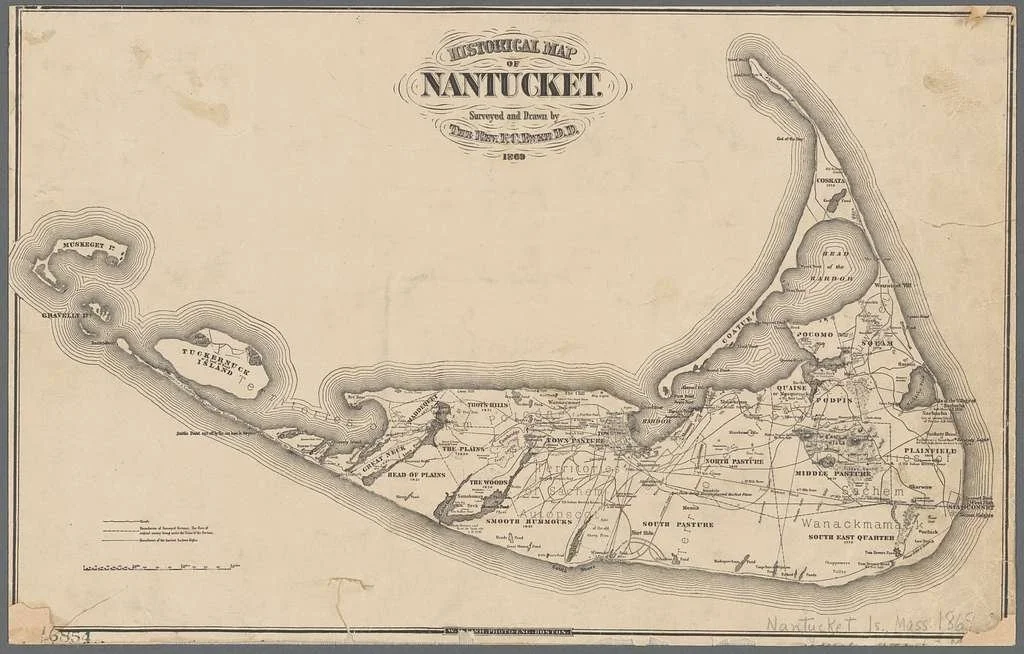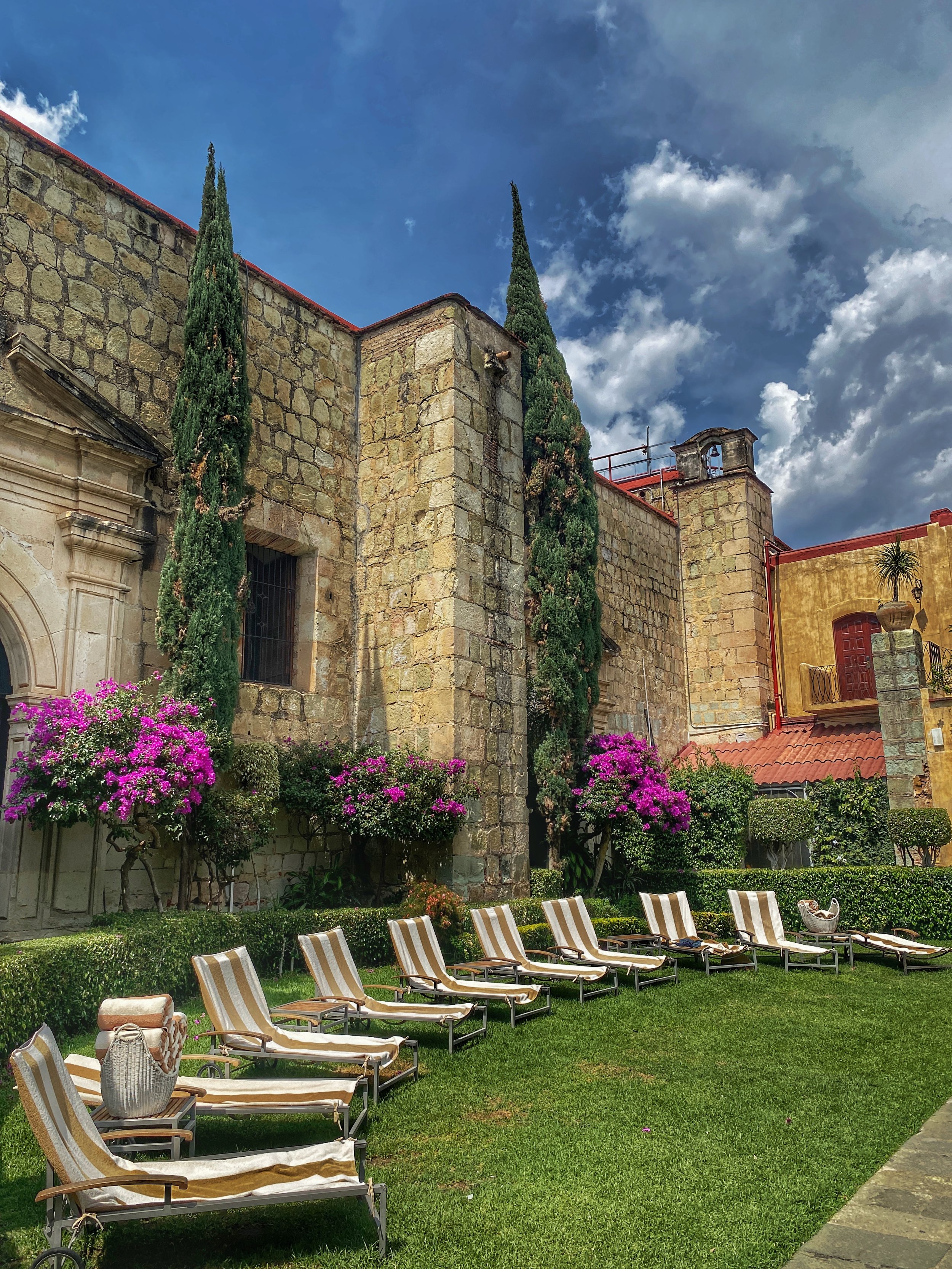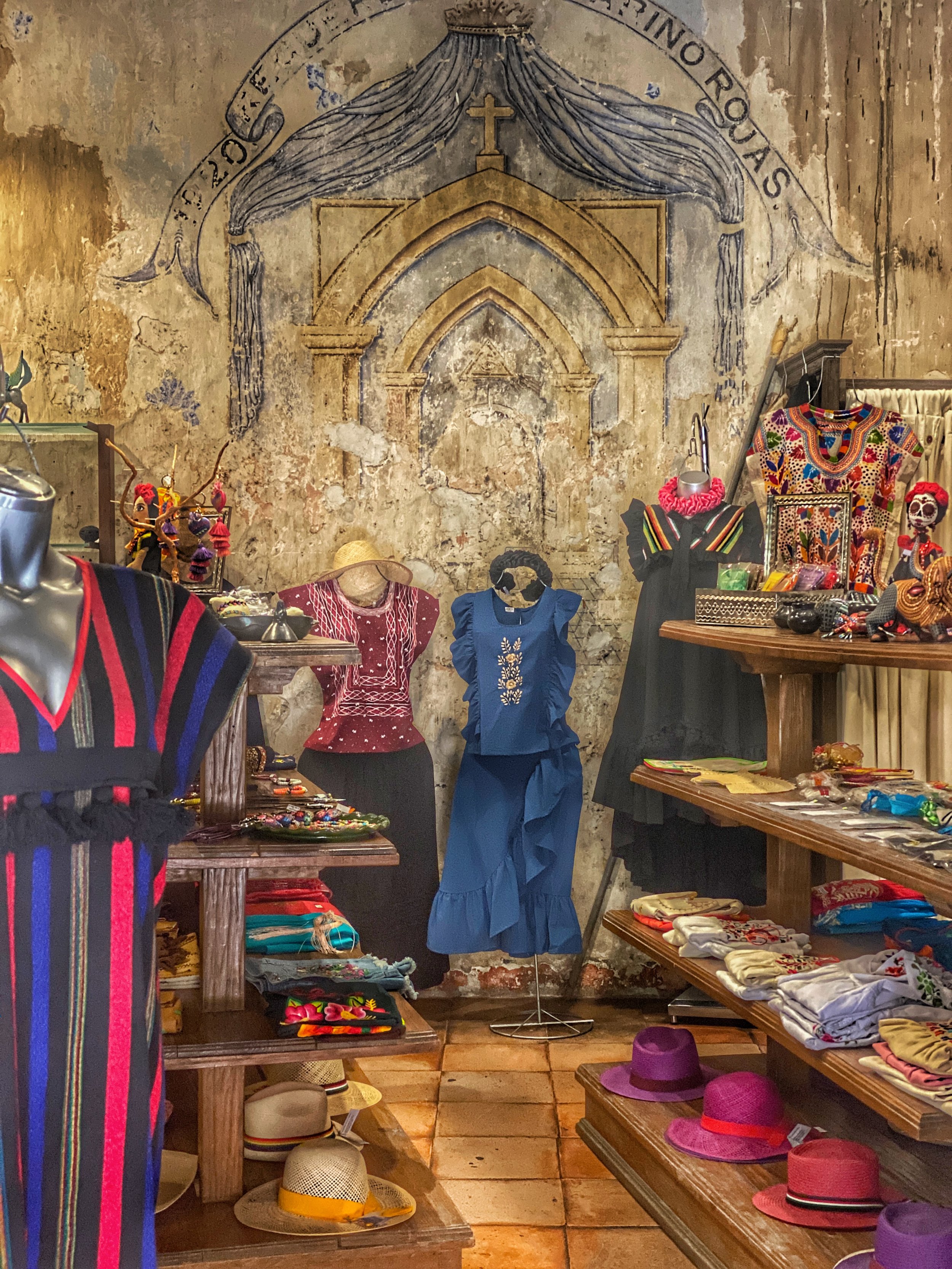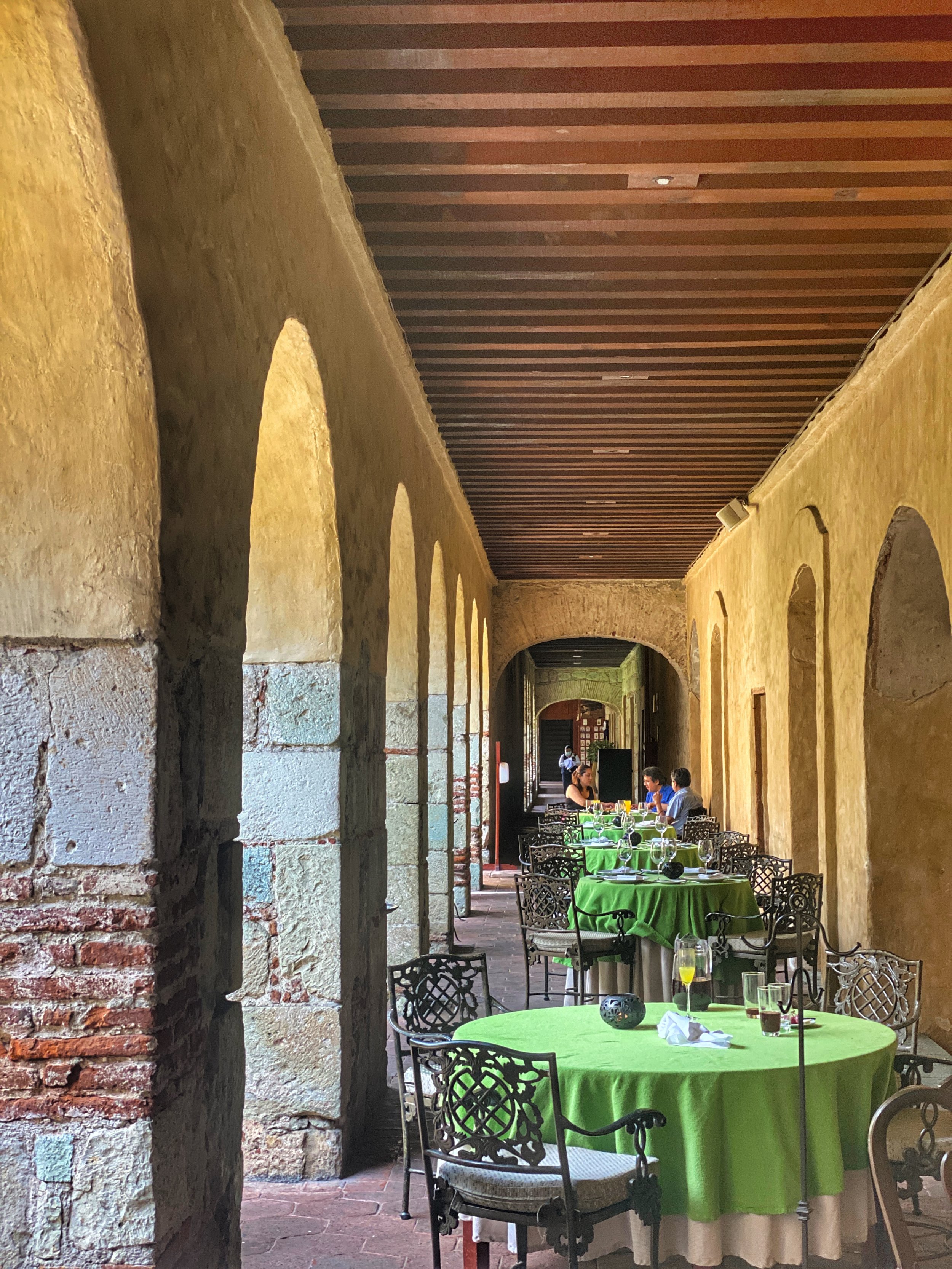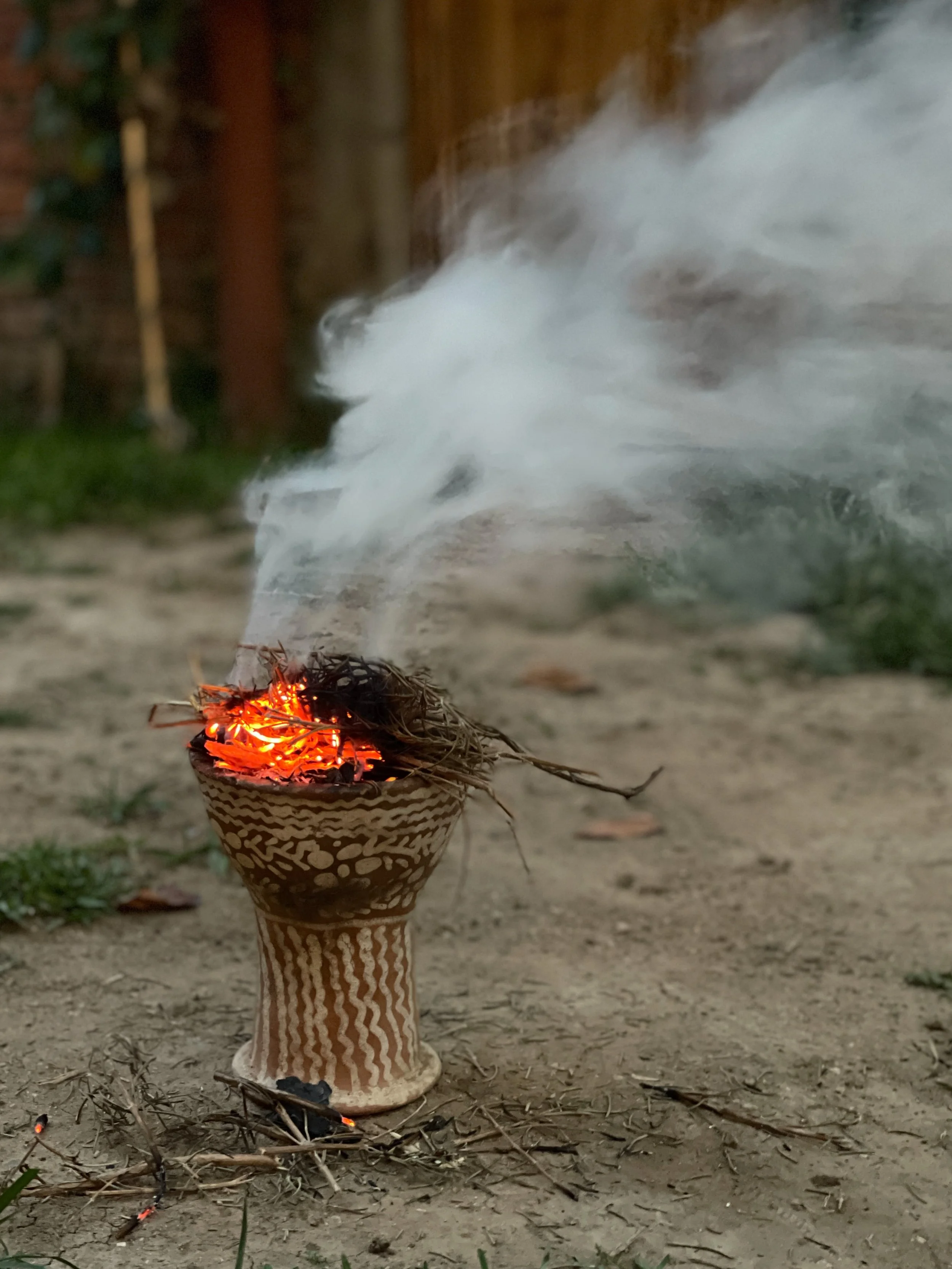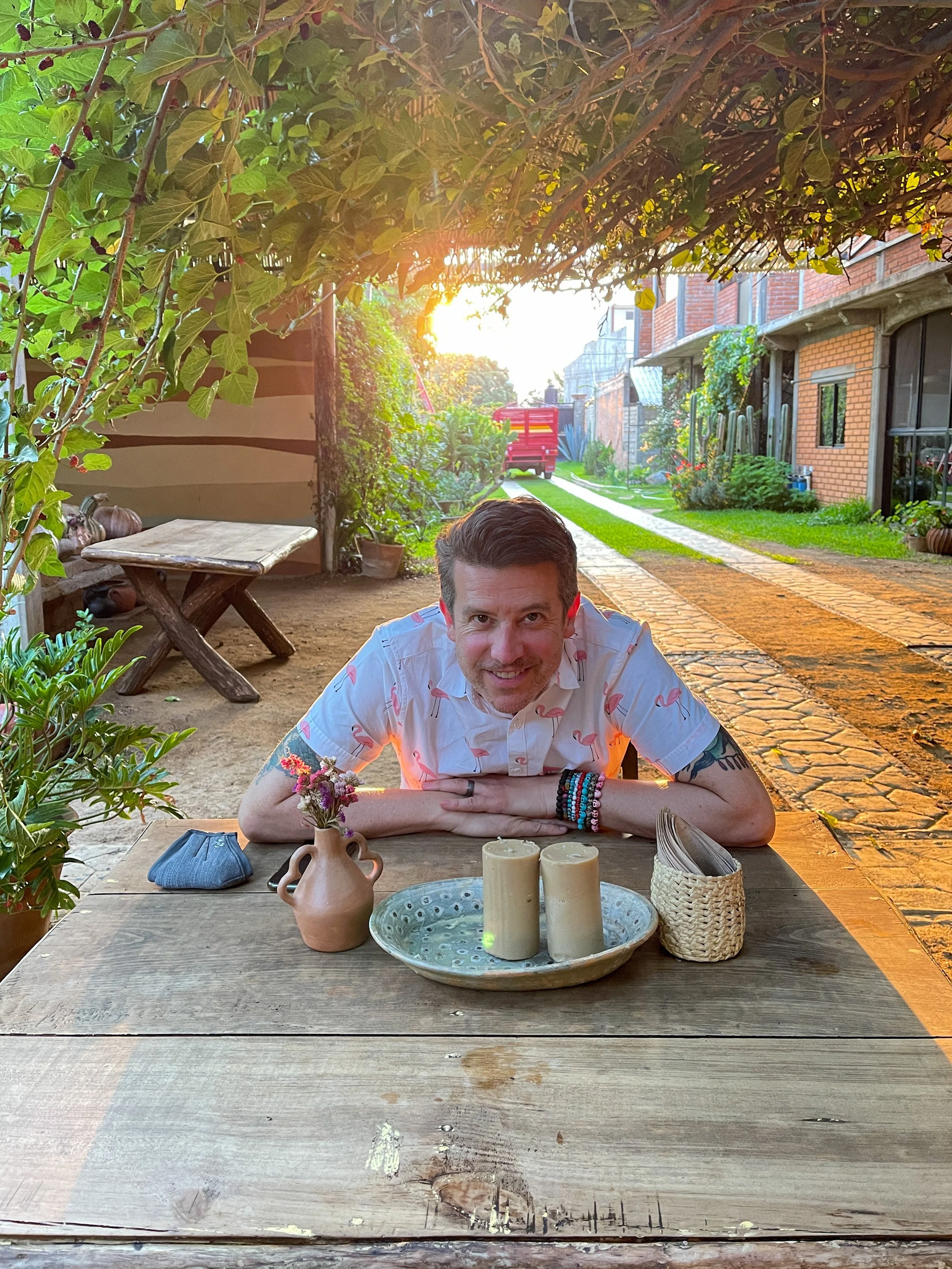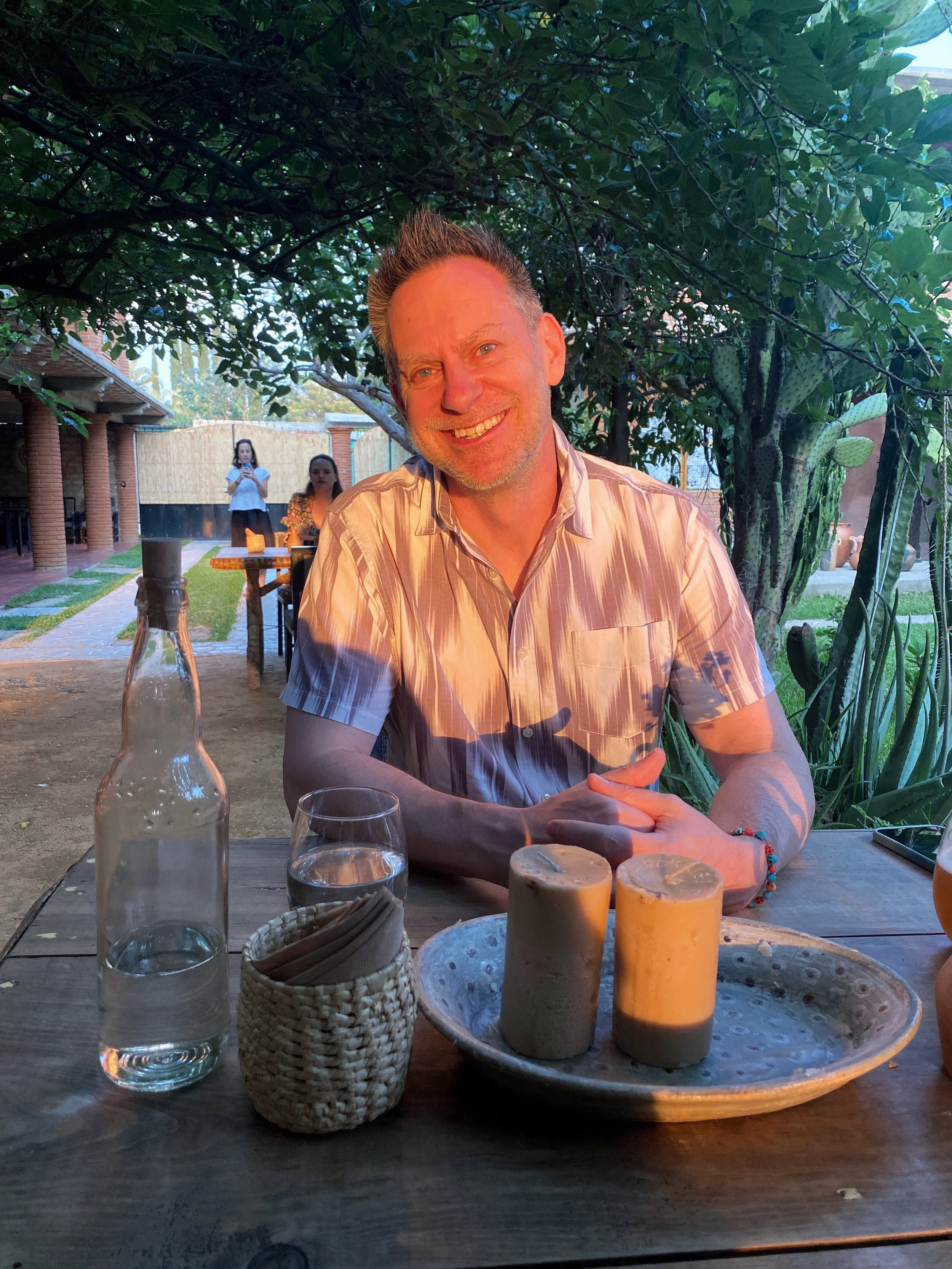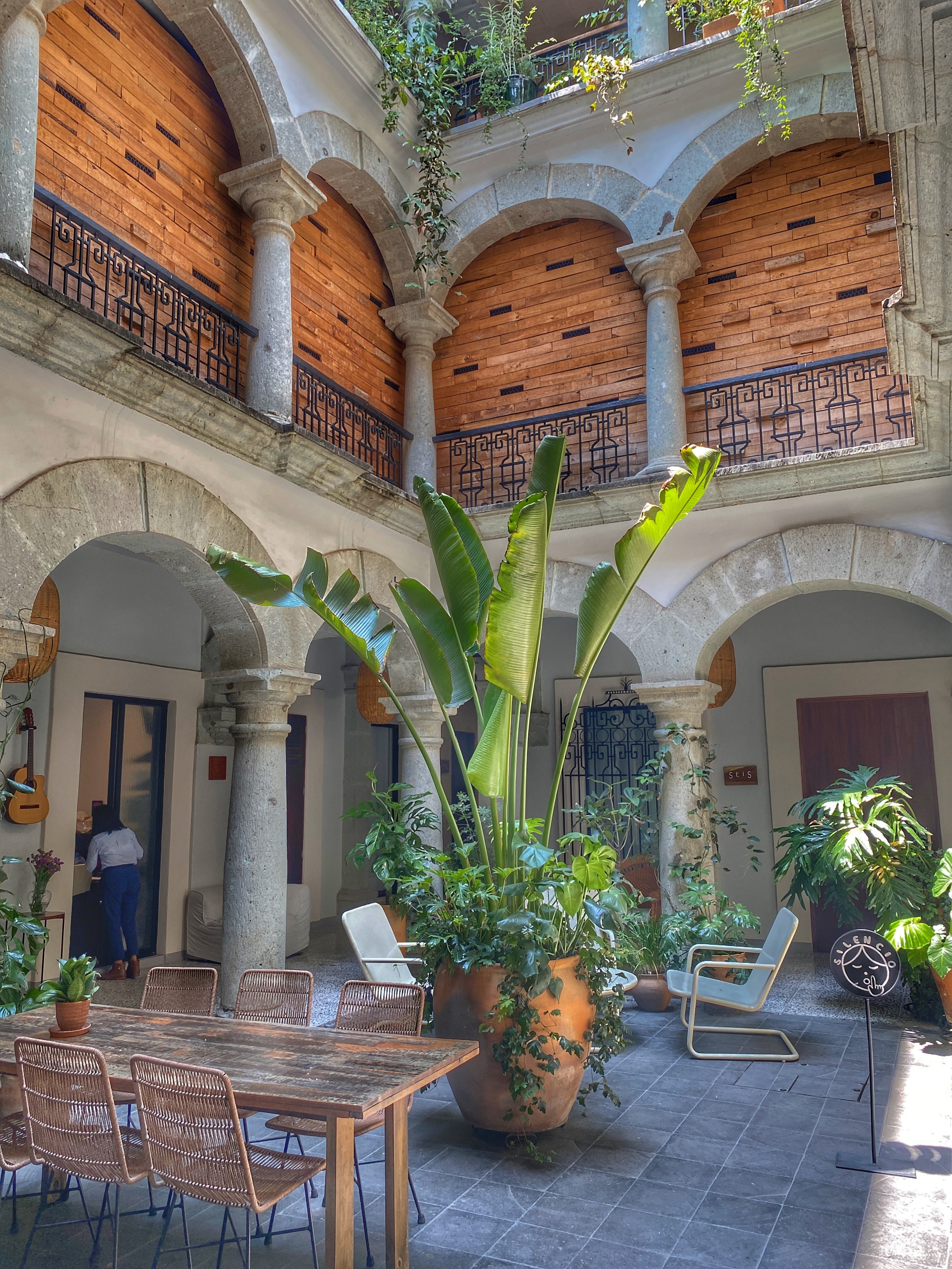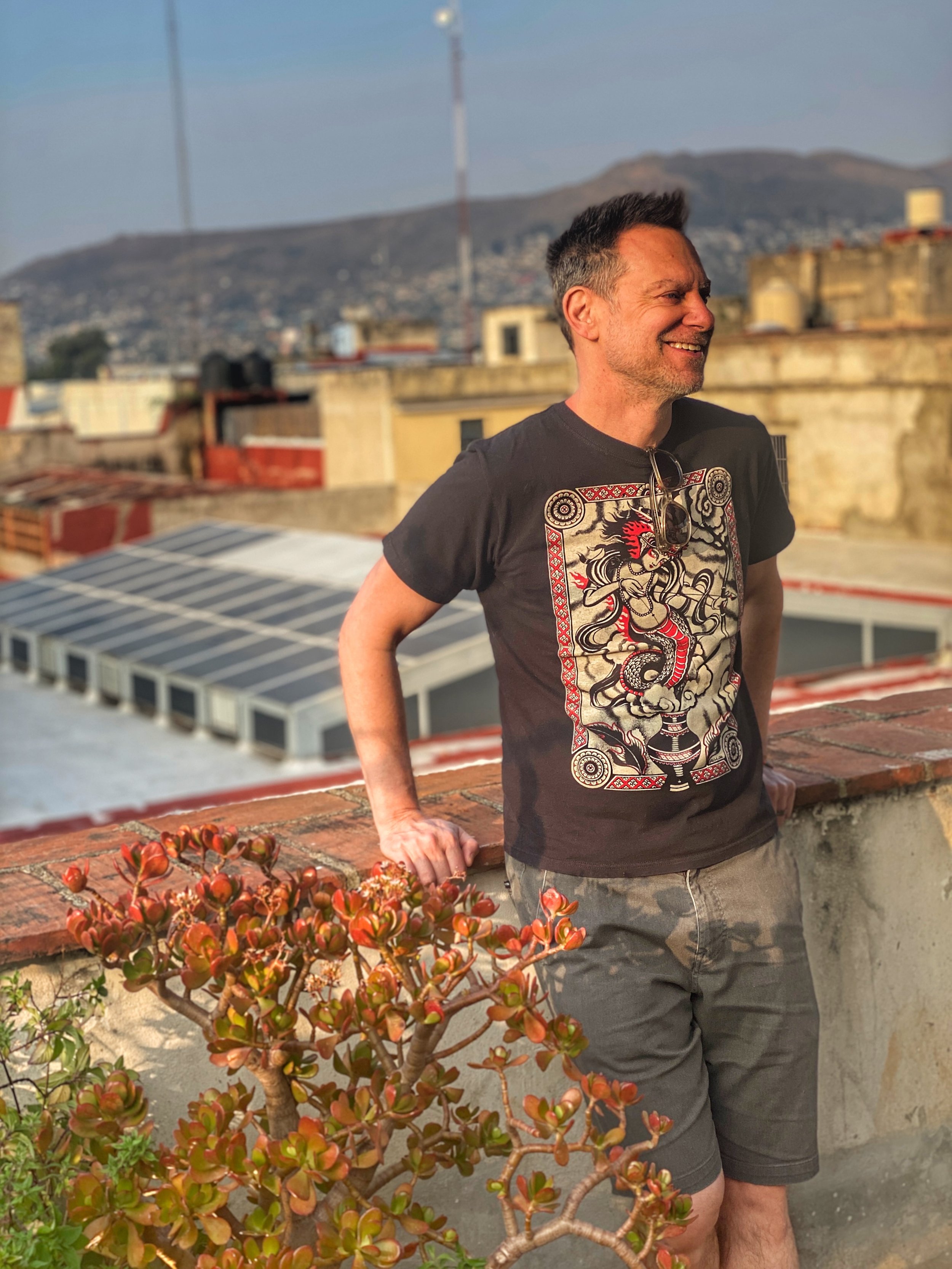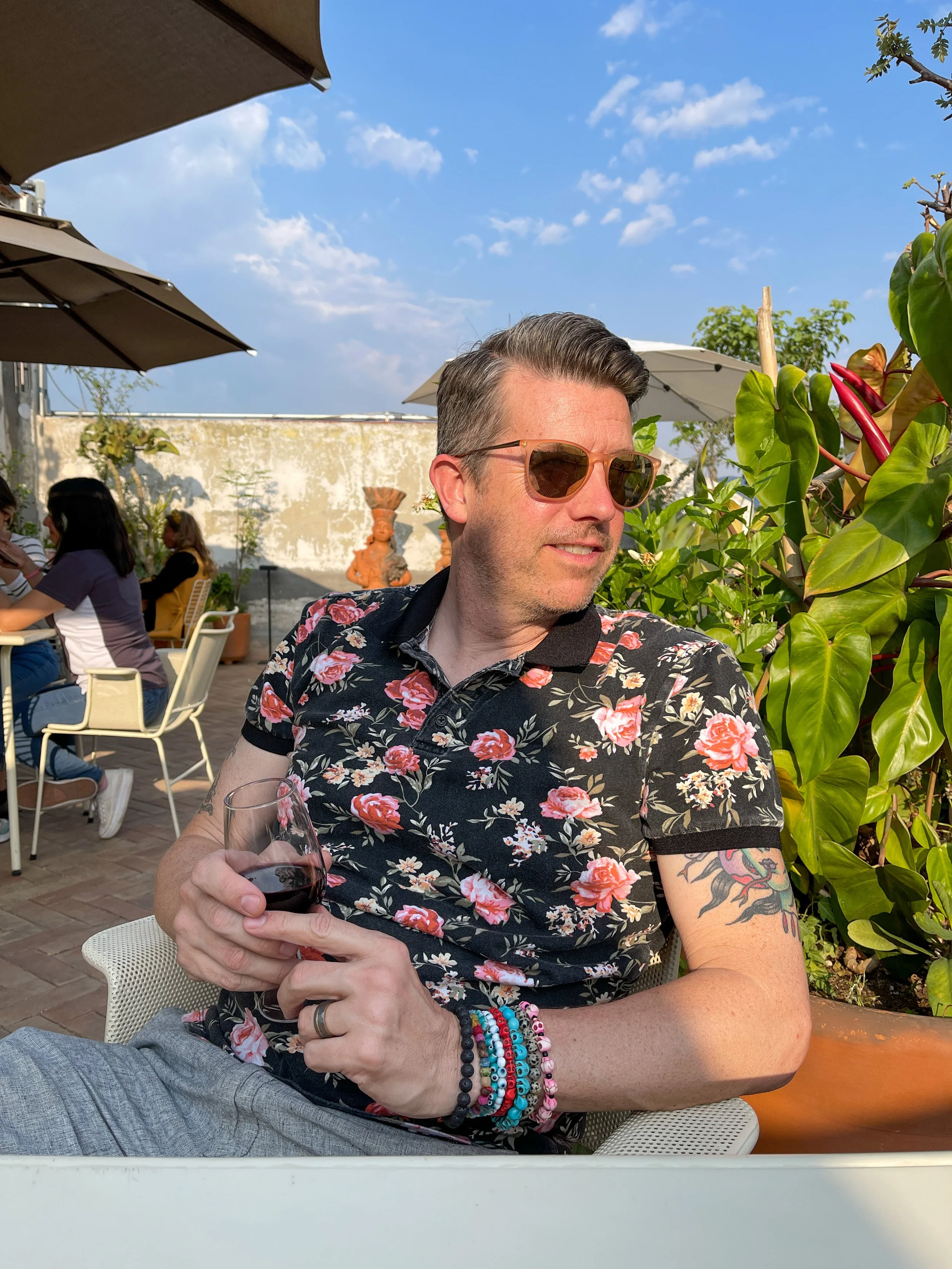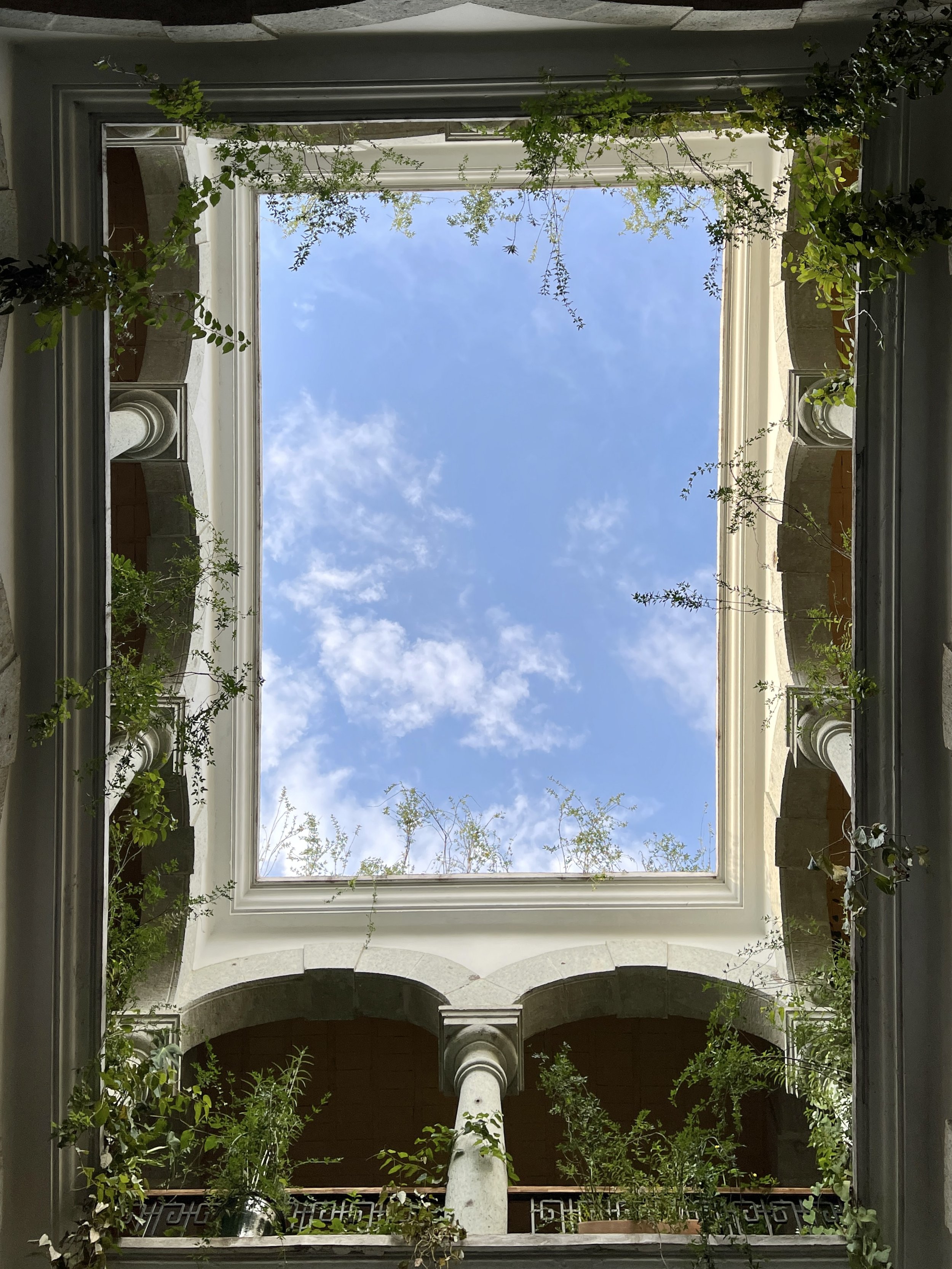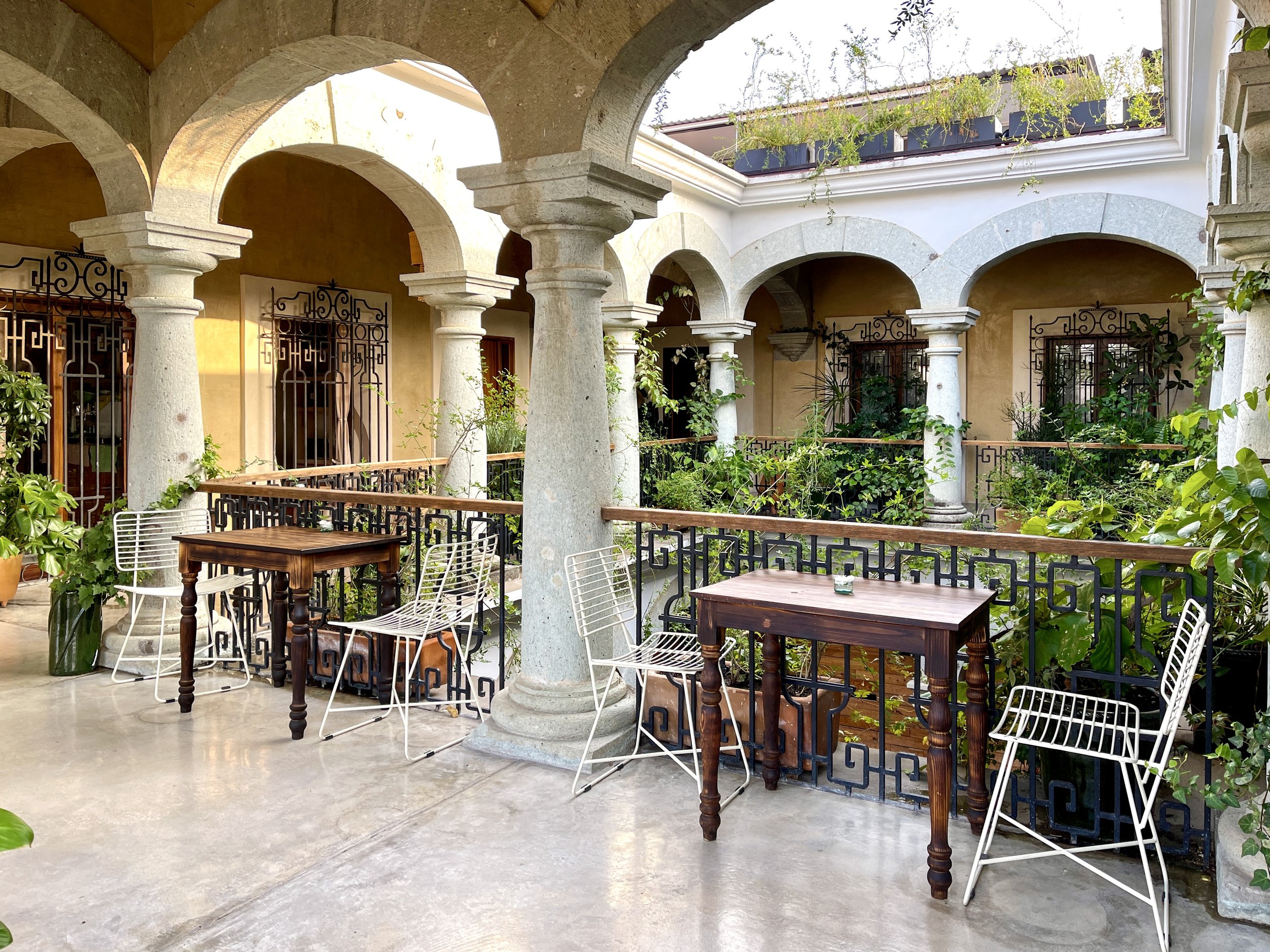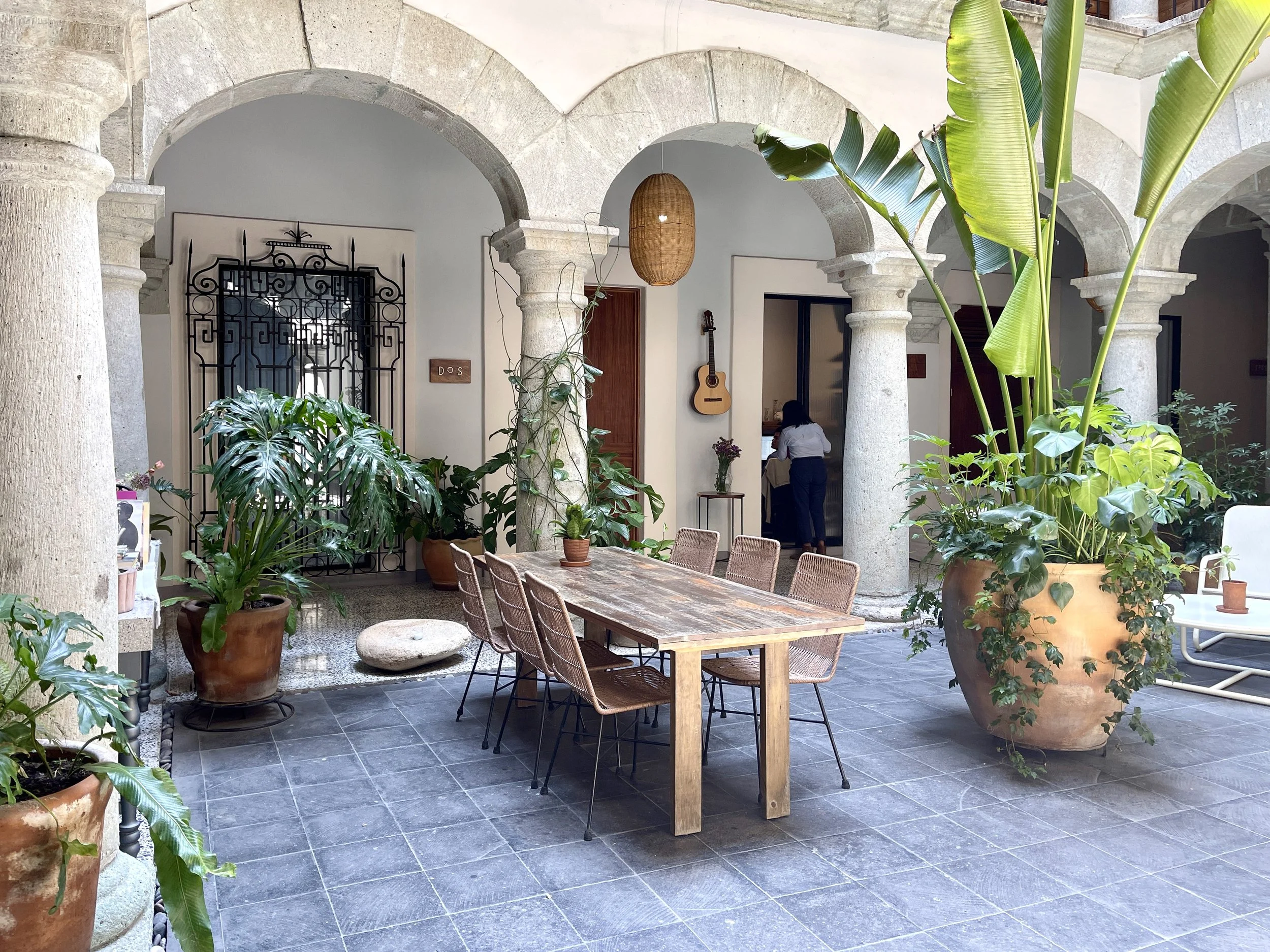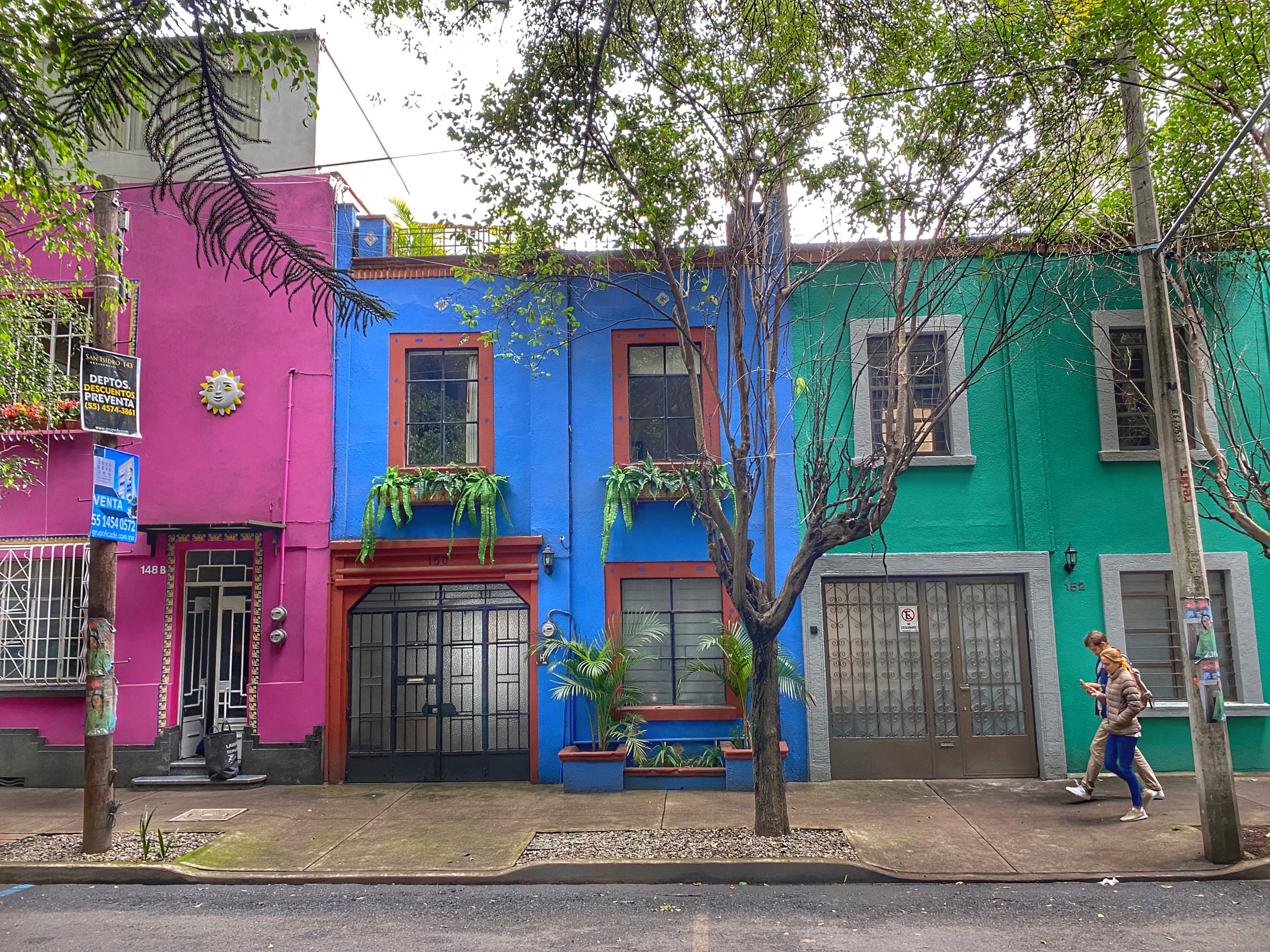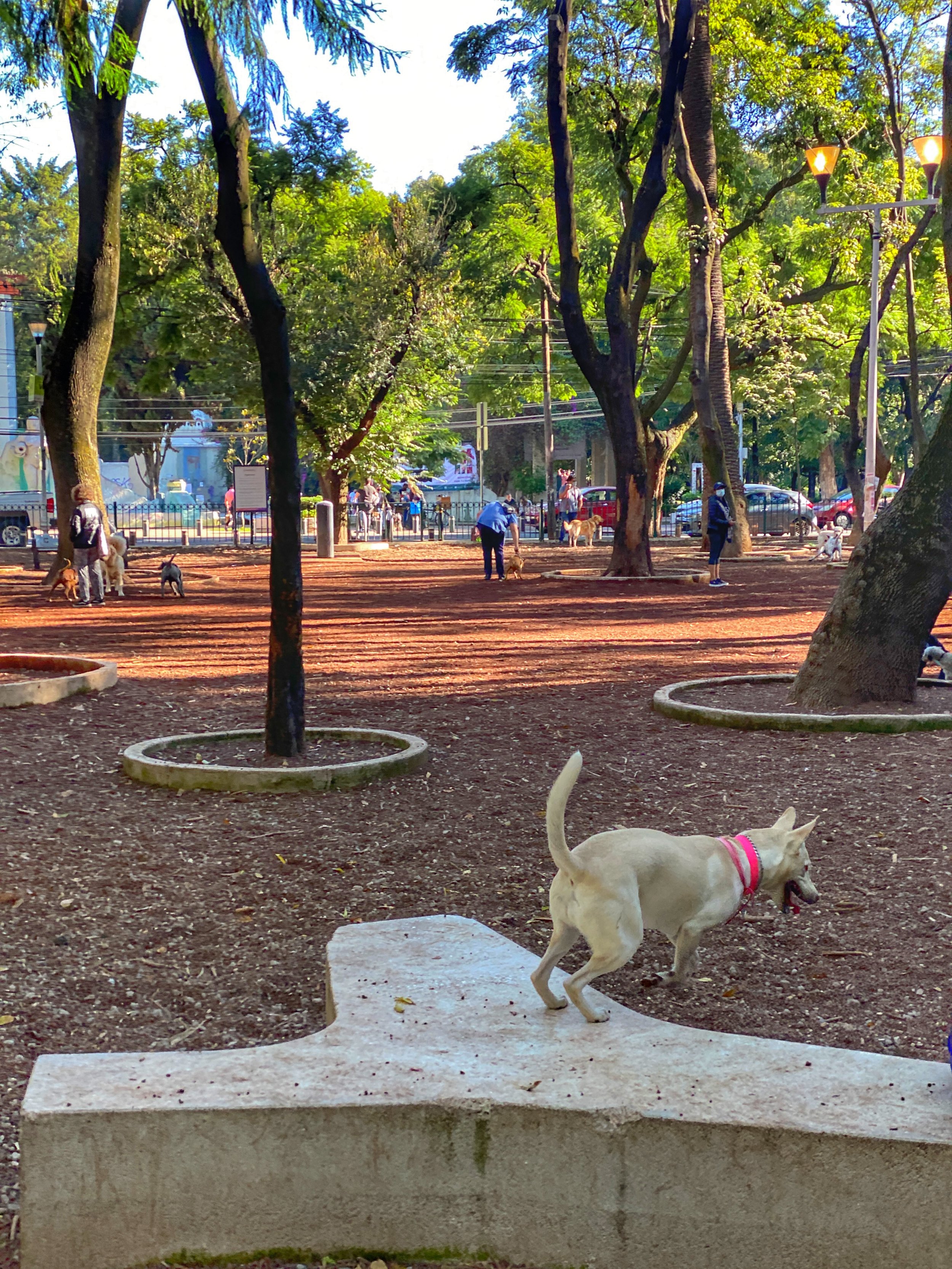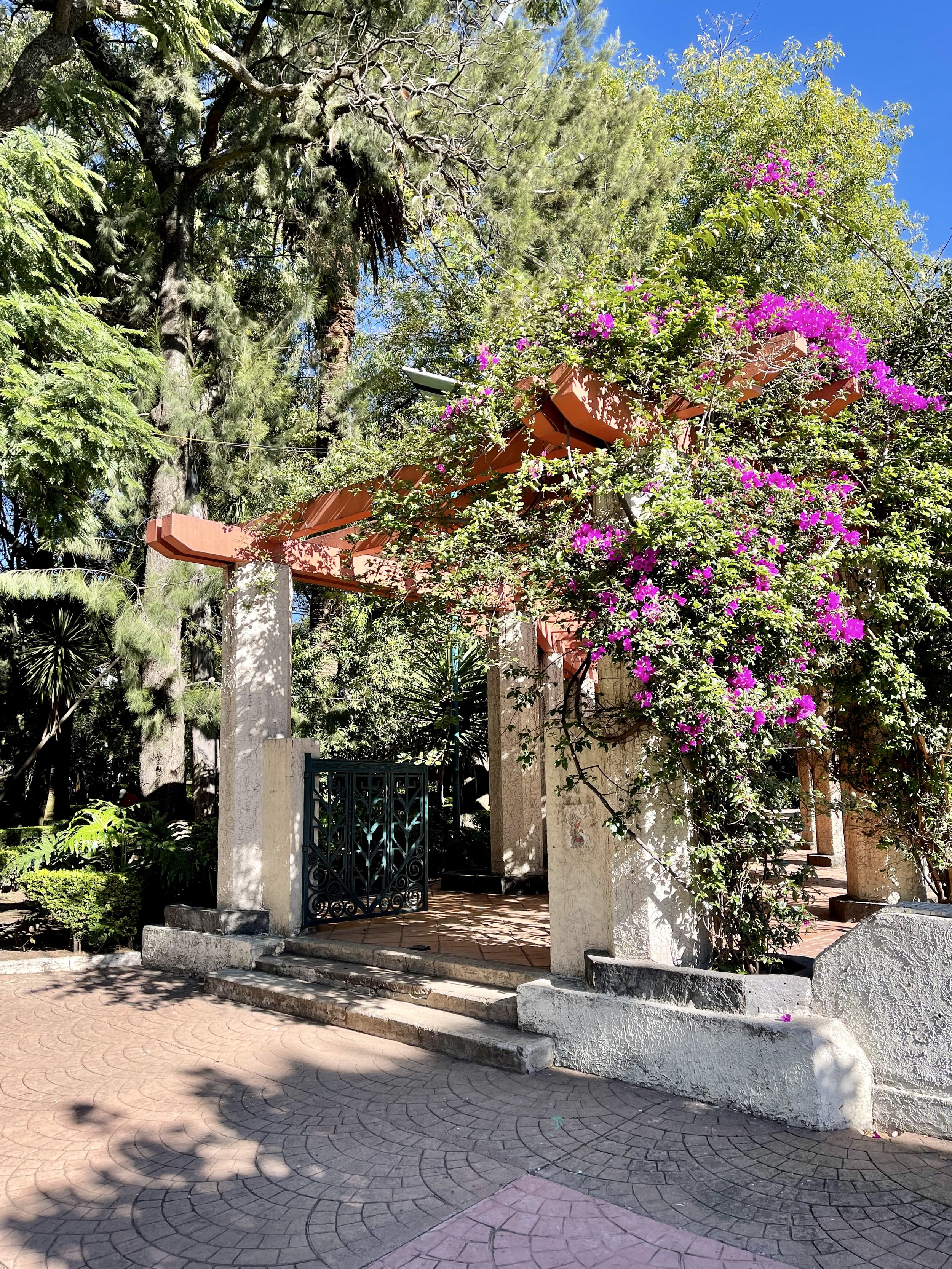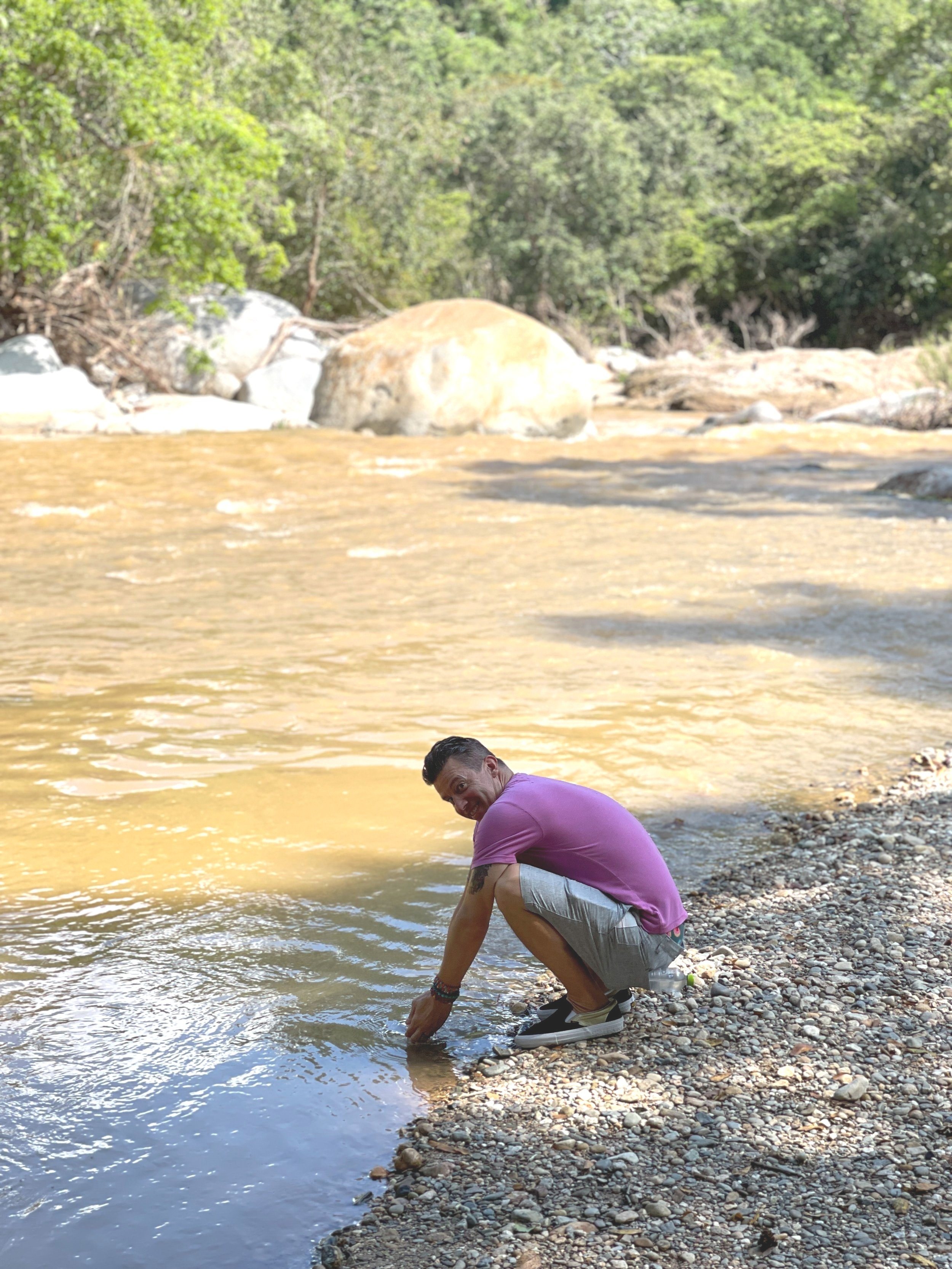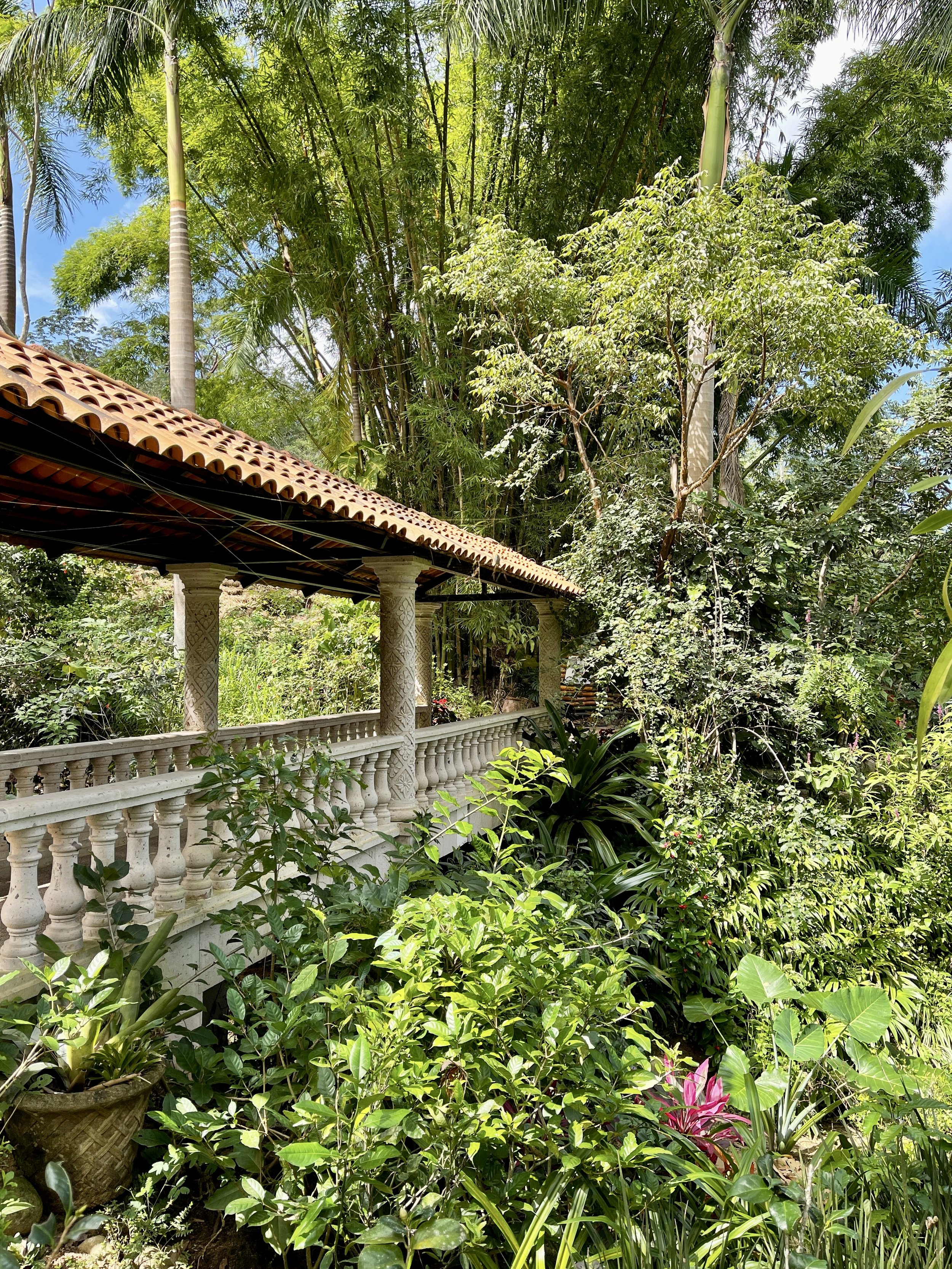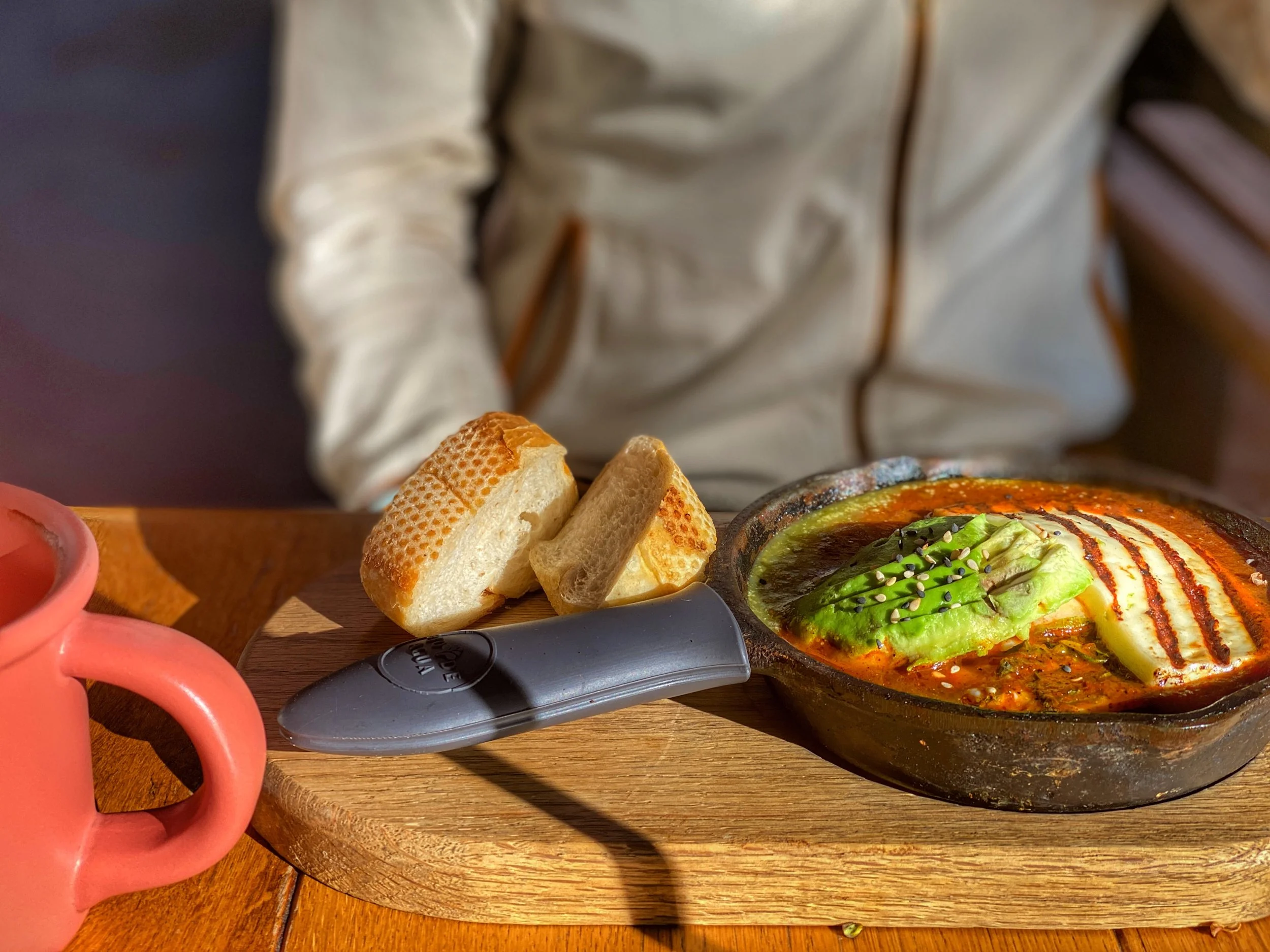Are you looking for things to do in Nantucket, Massachusetts? We cover the popular tourist attractions like the Whaling Museum and Brant Point Lighthouse as well as some of this charming island’s best-kept secrets — an icon of Mister Rogers, anyone? Also: the best Nantucket restaurants.
For some strange reason, the Wampanoag Native Americans who lived on Nantucket gave it a name that alludes to it being a distant, desolate place. According to Britannica, it could even mean “sandy, sterile soil tempting no one”!
From stunning natural landscapes and beaches to must-see historical landmarks and quirky interior spaces, Nantucket, Massachusetts has it all.
Here are my insider tips on the gems of Nantucket, an island in the Atlantic about 30 miles south of Cape Cod.
The island of Nantucket is 30 miles off the south coast of Cape Cod. It’s 14 miles long and three and a half miles wide.
Quick Tips for a Hassle-Free Nantucket Vacation
Keep in mind that this could be an expensive getaway: Things can be a bit pricey on the island.
One of the best ways to experience the Nantucket lifestyle is to rent a home during your stay.
Be sure to book your accommodation in advance, especially during the peak summer season. Vacation rental homes are a great option to get a feel for how locals live.
Why bring your car over when you can reach everything on a bike?
Choose your mode of transport. You can get to the island either by plane or ferry. Once there, I’ve found that the most satisfactory way to tour this exquisite island is by bike. Of course, you can bring your car, but it’ll cost you about $400-$450 to do so. I suggest renting a bike at Nantucket Bike Shop. Cycling is a great way to see the sights and exercise at the same time. Besides, there are numerous bike trails on the island.
8 Top Attractions on Nantucket
Nantucket is home to many gems, including secluded beaches, secret gardens and hidden coves. Here are my favorite spots:
Greater Light, a historic home in Nantucket, has become a cultural center and wedding venue.
1. Greater Light
Gertrude and Hanna Monaghan, two artistic sisters, had come to Nantucket because of its growing creative community. In the summer of 1929, the Monaghan sisters were taking in the city's vibrant art scene when they stumbled upon a herd of cattle. They followed the herd until it took a U-turn at Howard Street and entered a 140-year-old barn. The siblings were fascinated with the dilapidated structure. They discovered it was owned by the town grocer, William Holland, and they convinced him to sell it to them.
The siblings named the barn Greater Light after the Bible verse Genesis 1:16: “God made two great lights — the greater light to govern the day and the lesser light to govern the night.” They began turning the barn into a light-filled summer home and filled it with architectural artifacts and an eclectic mix of furnishings. If you want to experience the emotional vibe of the town, this is the place to be.
Insider’s Tip: Greater Light is accessible to the general public from May to October. It’s a 10-minute walk from the town center. In addition to being a popular wedding venue, numerous events, including book signings, concerts and lectures, are held on the renovated property. For the most current schedule, visit the Nantucket Historical Association website.
Greater Light
8 Howard Street
Could someone just make this man a saint already? The icon of Mister Rogers at St. Paul’s.
2. Mister Rogers Portrait at St. Paul’s Church
Some people would indeed consider Mister Rogers a saint; they’d find it fitting that he’s an idol at St. Paul’s Church. Before he became a beloved children’s television icon, Rogers studied to be a Presbyterian preacher.
He spent the summers on Nantucket with his family, residing in the Madaket neighborhood on the island's west side. He and his family attended St. Paul’s Episcopal Church on Fair Street.
A local artist, Julie Dunbar, painted a tribute to Mister Rogers’ legacy as an honored parishioner and a well-known friend to many. Pop into the church, identifiable by its beautiful Tiffany stained glass windows, to see this quirky icon bearing the words “Gentle, Kind + True.”
Insider’s Tip: While the church is open to visitors, check to see if it happens to be closed for exclusive services and activities.
St. Paul’s Epsicopal Church
20 Fair Street
The 46-foot-long skeleton of a sperm whale that died in 1998 hangs from the ceiling. Check out those chompers — a testament to the dangers of the whaling profession.
3. The Whaling Museum
Once known as the whaling capital of the world, Nantucket has a historic whaling district, and the museum is housed in a former whaling captain’s house. The Whaling Museum was established in 1929 and is among the oldest naval museums in the United States.
The Whaling Museum in Nantucket
Its gallery has a collection of over 1,000 artifacts, including a sperm whale skeleton and a whaleboat. The museum also has a library and archives with over 500 books, maps and manuscripts.
Insider’s Tip: The museum is open year-round and offers various educational schedules for adults and children. Hopefully you’ll get a guide as colorful as Emily Gilmore on The Gilmore Girls. And be sure to climb the spiral staircase (or take the elevator) up to Tucker’s Roofwalk for a panoramic view of the harbor — where the captain’s wife might once have kept an anxious lookout for the return of her husband’s ship.
The Whaling Museum
13 Broad Street
Brant Point Lighthouse is one of three to see in Nantucket. Look for the American flag on its side.
4. The Lighthouses
Nantucket has three lovely lighthouses, all of which are well worth a visit:
Brant Point Lighthouse is near the city at the end of Easton Street and is the ideal location to view the sunset or sunrise. Its white stairway and American flag painted on its side make it easy to spot.
Great Point Lighthouse is in a wildlife reserve at the northern tip of the island.
Arriving at Great Point Lighthouse is slightly more complicated since the light is on sandy land. Hire a four-wheel drive if you don’t have one. The trip can be backbreaking, so bring a picnic lunch to eat and get reenergized.
Sankaty Head Lighthouse stands 70 feet tall at the easternmost point on Nantucket, flashing its light every 7.5 seconds
With its distinctive white and sandy red stripe design, Sankaty Head Lighthouse could be the most outstanding lighthouse on Nantucket. The light is on Baxter Road, but on a clear day, you will see it miles away in every direction.
Insider’s Tip: The lighthouses are open from 9 a.m. to 6 p.m. all year round. For Great Point, you’ll need an oversand vehicle permit.
Pay homage to Maria Mitchell by stargazing at the Loines Observatory.
5. Maria Mitchell Association
Maria Mitchell was raised on the island and was a Quaker with a passion for astronomy. She channeled her passions into a spectacular career as America’s first female astronomer. She established the Maria Mitchell Association, Nantucket’s only scientific organization.
The association has plenty to see: an aquarium, the historic 1800s Quaker house Mitchell lived in and a natural science museum, in addition to a series of scientific speakers.
The Historic Mitchell House, where the first female U.S. astronomer lived.
Insider’s Tip: Nantucket has long been famous for its meticulous craft of scrimshaw and historic whaler voyages. But in the 19th century, Mitchell added a curious new chapter to the history of this small island. Honor her legacy by stargazing at the Loines Observatory. The Vestal Street Observatory is currently closed for conservation.
Maria Mitchell Association
33 Washington Street
The Nantucket Shipwreck & Lifesaving Museum
6. Nantucket Shipwreck & Lifesaving Museum
The charitable Egan Maritime Institute runs this museum, which shares the stories of local shipwrecks and the brave rescuers who put their lives in danger to save drowning seamen.
The building, constructed in 1968, features the design of the traditional stations run by the U.S. Life-Saving Service. It’s the earliest museum devoted to maritime lifesaving and safety history. Its hours of operation are Monday to Saturday from 10 a.m. to 5 p.m. and Sunday from noon to 5 p.m. The entrance fee includes a tour guide.
Insider’s Tip: Keep in mind that Nantucket is a seasonal destination, and many places, like this museum, are only open part of the year, closing in the fall and winter. A 15-minute journey down Polpis Road will take you to the museum, which is three miles east of town. But you can also catch the Shipwreck Shuttle from the visitors bureau at 25 Federal Street every half hour starting at 9:30 a.m., returning from the museum on the hour, with the last ride at 5 p.m.), Monday through Saturday from May 30 through October 10.
Nantucket Shipwreck & Lifesaving Museum
158 Polpis Road
You have to get on the water during every stay in Nantucket.
7. The Harbor
When in Nantucket…
Sailing around the harbor is the perfect afternoon pastime and can take you into the evening to enjoy the most splendid sunset in Nantucket. You’ve got plenty of choices: tugboats, larger whale-viewing cruises and swanky schooners. Many offer two-hour rides that head around Brant Point Lighthouse.
Insider’s Tip: Shearwater Excursions offers the Ice Cream Cruise, where you can enjoy not only a scenic tour but also its namesake treat. But my favorite thing to do is rent a tugboat for the late afternoon, where you can bring cocktails to sip and have some snacks (perhaps a charcuterie board).
Catch your dinner on a fishing charter into the Atlantic Ocean.
8. Fishing Zones
Nantucket has a large population of game fish, and the best time to go fishing is from May to November. A suitable spot is the south bay between Nantucket Harbor and Great Point. But you can also try your luck near the Sankaty Head Lighthouse. Additionally, the harbor offers dedicated charters for catching large game fish like mahi mahi, marlin and tuna.
Insider’s Tip: Waves can be intense — even deadly — so make sure you find a pro and ask for the safest times to get on the water.
Straight Wharf Restaurant
Where to Eat in Nantucket
From fresh seafood to classic New England fare, there’s something for everyone to enjoy on this beautiful island.
For seafood lovers, the Straight Wharf Restaurant is a must-visit. The spot is well known for its fresh, local seafood and harbor views.
Head to the Wauwinet hotel to dine at Topper’s.
Head to Topper’s at the Wauwinet hotel to taste classic New England cuisine. This elegant restaurant is known for its delicious lobster dishes, as well as its stunning views of the ocean.
Get your New England staples and some good beer at the Nantucket Tap Room at the historic Jared Coffin House.
The Nantucket Tap Room at the Jared Coffin House is an excellent alternative for a more casual dining experience. This historic inn’s tavern offers a cozy atmosphere and classic dishes like clam chowder and fish and chips.
Other good restaurants to try include:
Millie’s: Seafood
Cisco Brewers: Great outdoor area for local beers and food trucks
Cru: Rosé and oysters
Provisions: Sandwiches (try the Turkey Terrific or BLT)
The Downyflake: Doughnuts
The Juice Bar: Ice cream
Heads up: The popular spot Black-Eyed Susan’s seems to be closed for good. But no matter your mood, you’ll uncover plenty of places to feast in Nantucket.
Smaller than Martha’s Vineyard, Nantucket offers a quaint New England getaway.
The Ideal New England Getaway
Nantucket is a small island with a big reputation. It’s a popular summer tourist destination, thanks to its picturesque hangout spots and plenty of outdoor activities. Moreover, the locals are warm and welcoming, guaranteeing you have a great time. As far as I’m concerned, the island is the perfect New England getaway. –Christine Cooper


